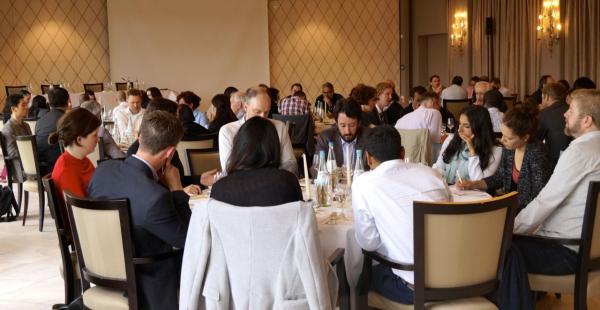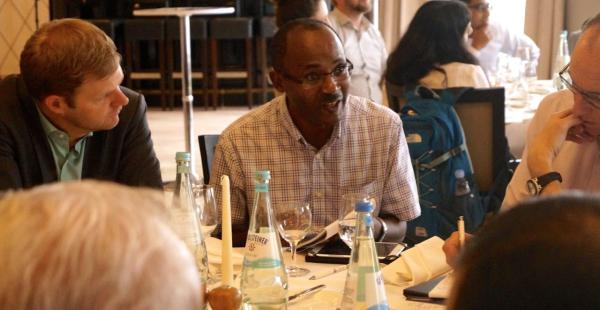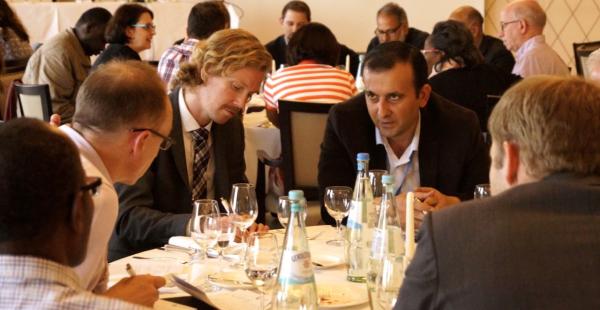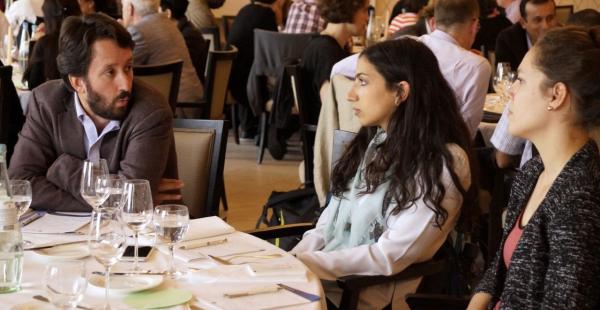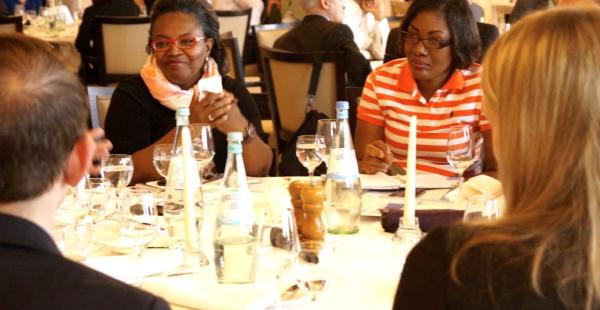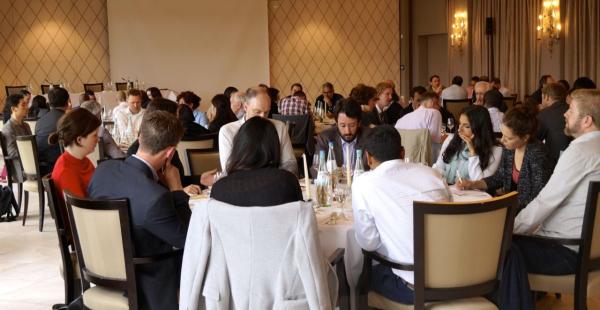
20th Meeting of the International Partnership on Mitigation and MRV
On the afternoon of Sunday 22 May 2016 in the margins of the SB44 in Bonn the International Partnership on Mitigation and MRV held its 20th jubilee event – meeting for the first time after the adoption of the Paris Agreement last year. In a collaborative atmosphere participants from around 50 countries, as well as representatives from other institutions from the climate community debated two important topics on the agenda of the current round of UNFCCC negotiations: a) ”flexibility” in the enhanced transparency framework, and b) ”features” of the NDCs.During the discussion it became clear that for both terms there is a strong need for shared understanding of what the terms mean.
Does flexibility relate to all elements of Article 13? Does it refer to scope, depth, frequency, or all three of these? What are boundaries of flexibility? How to accommodate all the different national circumstances from Parties in practice? There was a general agreement on having basic principles such as taking existing capacities into account and providing support for building of sustainable institutional capacities, striving for continuous improvement of capacities and transparency although starting at different levels, building upon the existing processes, starting now and learning by doing. Ultimately there was broad consensus that flexibility should promote ambition and progress, not hinder those.
Similarly it was clear that not everybody in the room was thinking of the same thing when talking about features of NDCs. Do features refer to adaptation the same way as to mitigation? How do they relate to the information providing clarity, transparency and understanding of (I)NDCs? Is a need for aggregation the purpose for having common features? Should features be explanatory or provide methodological guidance regarding NDCs? Should they be forward or backward looking? Since the NDCs shall contribute to the long-term goal – towards which progress is assessed by regular stock-takes – there was some concluding agreement that the features should support providing information that would enable estimating the aggregate effect of NDCs for these stock-takes. More uncertainty remained regarding adaptation features and tracking adaptation progress.
Judy Beaumont (RSA) and Nicole Wilke (DEU) guided participants through the event by opening and concluding, looking back on five successful years and looking forward on future work and challenges of the Partnership. As the evening left participants with at least as many questions on the issues discussed as before, one message was clear: The unique value of the Partnership is not only that it provides an open forum where negotiators can exchange and progress views on difficult or even contested issues, but also that it involves dialogue with practitioners who know where the capacity gaps are and also where real tangible benefits of transparency and reporting structures lie. Accordingly participants agreed that we have to listen to practitioners to ensure the implementation of the Paris Agreement is reflecting reality and actions on the ground.


